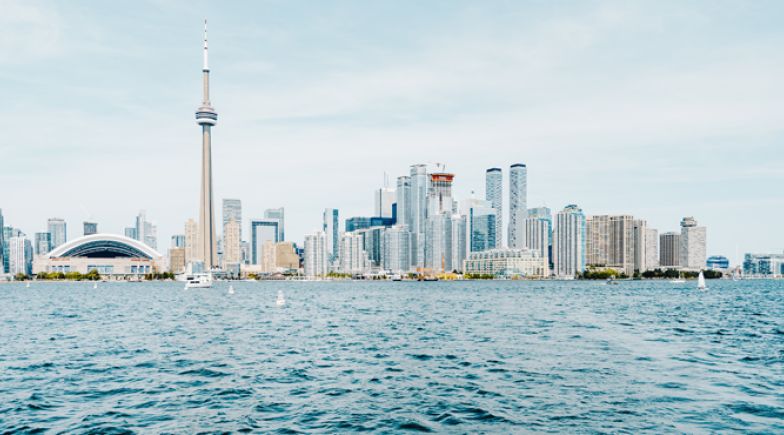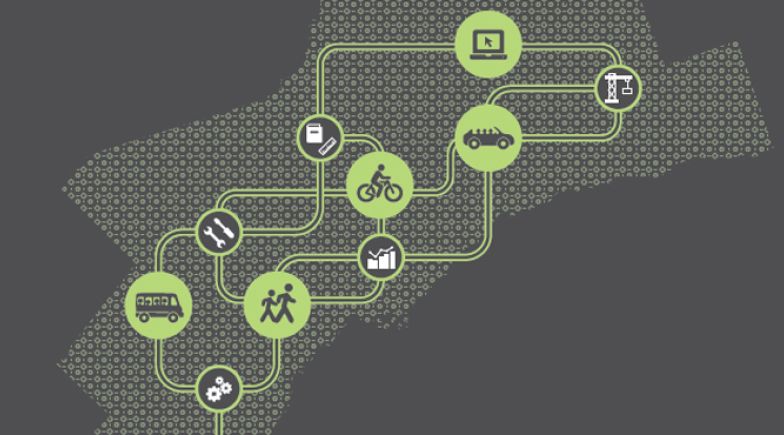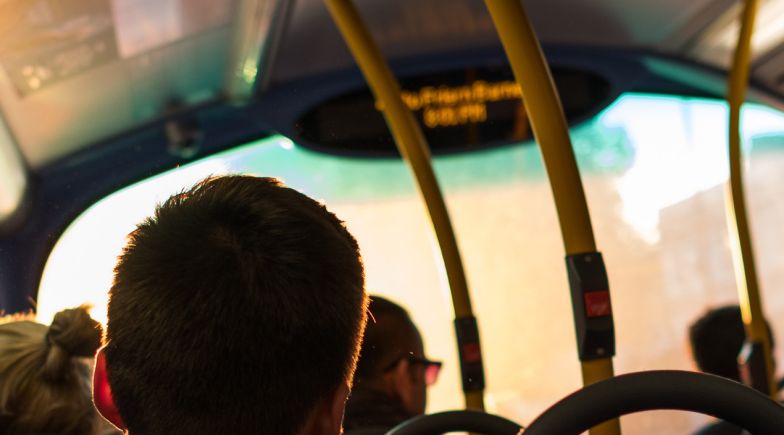Simon Fraser University (SFU) is one of Canada’s top public research universities and has its main campus located within the City of Burnaby, Metro Vancouver, B.C.
SFU’s Parking and Sustainable Mobility Services department has undertaken a series of transportation and parking studies in previous years as part of a periodic analysis of travel patterns to and from the Burnaby campus. The studies in 2000, 2007 and 2015 focused on multi-modal trips to/from the campus, transit occupancy and parking utilization, and included a comparison in travel behavior between different survey years to illustrate long-term transportation trends.
Steer’s Vancouver office was commissioned to undertake the 2018 study to bring a new perspective to the transportation studies and provide a fresh outlook on survey methodologies and analysis techniques, and to best highlight challenges and opportunities at the University for the present and future needs to ensure access for all.
How we helped
Steer was responsible for analyzing travel patterns to/from Burnaby Mountain related to the following themes:
- Volume and classification of traffic
- Transit usage
- Parking utilization
A critical part of the project was obtaining the correct sources of data, which ranged from instructing a local traffic survey company to observe students and staff waiting at the two main transit stops on campus to contacting ICBC for vehicle post code data to determine SFU driver place of residence via GIS analysis. The data analysis process was an extensive exercise and required comparisons back to the SFU Transportation and Parking 2015 study when possible, to determine how travel behavior has changed as a result of internal and external factors. Such factors included toll bridge changes and new transit improvements across Metro Vancouver (e.g. Evergreen Extension and upgrades to former 135 bus route).
Our initial findings were discussed with key stakeholders at SFU and TransLink during an open-discussion workshop, where explanations were provided behind some of the data – for example, the opening of a new Starbucks, shifting the choice of bus stop for passengers arriving at campus.
Successes and outcomes
We prepared a detailed Technical Report that provided an overview of the trends seen since 2014 pertaining to the three individual themes, drawing out important items from the data that would be of interest to the following departments at SFU:
- Parking and Sustainable Mobility Services
- Facilities
- Safety and Traffic
- Commercial Services
- Sustainability
- Campus Planning
The use of charts and graphics to demonstrate the data was important to draw out the significant changes since 2015. A succinct Executive Summary brought the key pieces of data together for the more non-technical audiences at SFU, with a strong focus on the average weekday mode share to/from the campus during the morning and evening peak periods.
We also commented on recommended survey techniques and new pieces of information that should be obtained for similar future studies to best address the projects’ objectives and the departments’ needs. An example was improving the methodology for transit passenger queue length surveys for greater accuracy of ‘outside the bus’ data to supplement TransLink’s ridership data.
We are confident that our deliverables will prove a vital resource for SFU to refer to as part of campus masterplanning and in developing initiatives related to parking and transportation.


